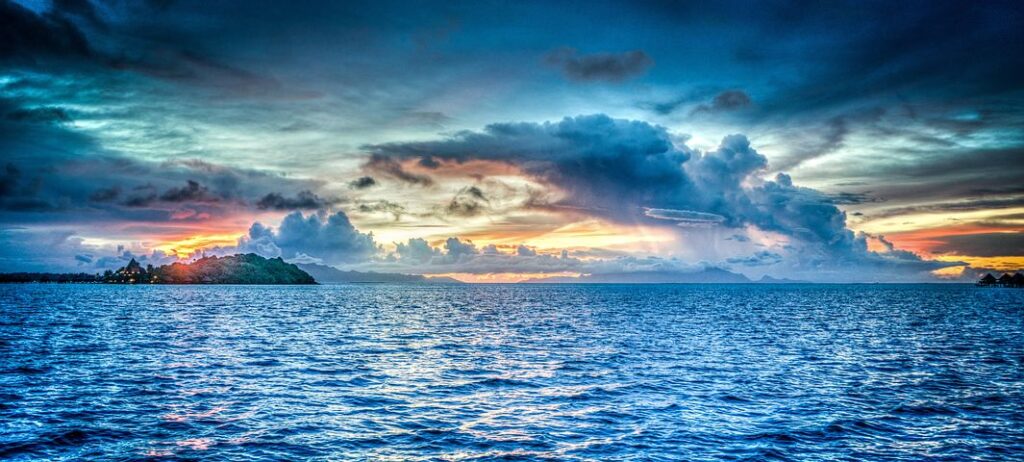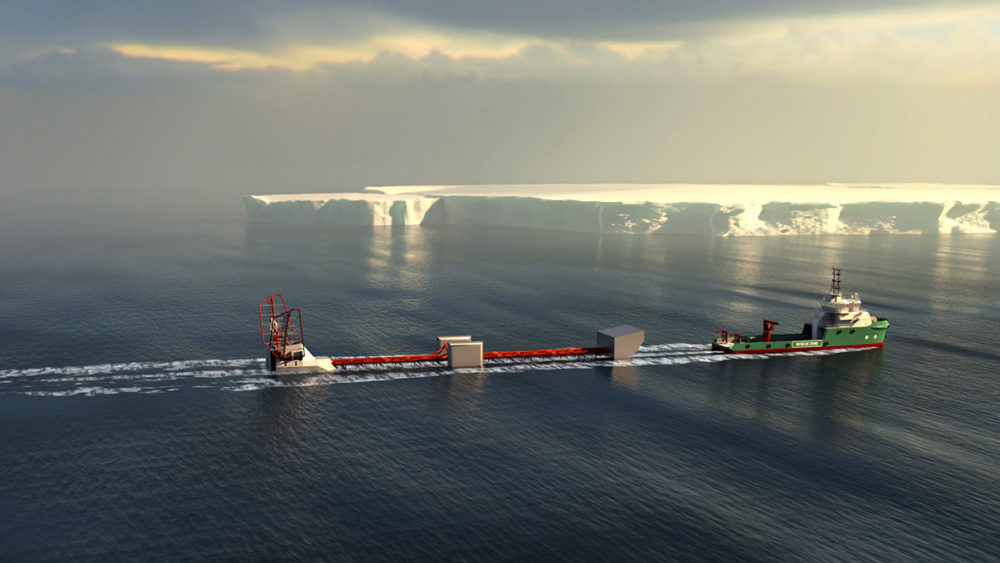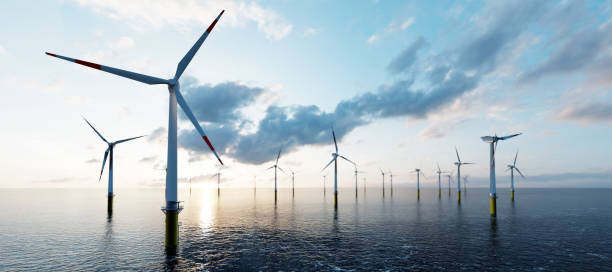The brief: Green economy and blue transition

To move to a greener transition and a more sustainable economy the support of industries based around the ocean and coasts – known as the blue economy – is essential.
The potential of oceans
The ocean holds great potential for producing renewable energy, including offshore wind and tidal energy. There are now projects for floating wind turbines, allowing energy to be used in deeper waters. These could become commercially viable by 2030.
The European Commission estimates that 3-4% of sea space will be needed for this renewable technology. The blue economy is a large, complex ecosystem, with a turnover of more than €650 billion which provides almost 5 million direct jobs to EU citizens.
Traditional sectors, like fishing and tourism, could stand to lose out if new technologies like renewables are not implemented carefully. These industries have already been hit hard by COVID-19, as lockdowns and travel restrictions have closed hotels and restaurants.
Europe is already beginning to see tension between traditional coastal economies and the development of renewables. In France for instance, fishermen have complained that plans for offshore wind farms impact their fishing ground. Spatial planning is essential to co-existence and effective space use.

Offshore wind energy
The European Commission’s aim of 300 GW of offshore wind capacity exceeds the needs of coastal states, so countries need to work together to hit this target and achieve the full potential of offshore wind.
EU countries are in the process of creating maritime spatial plans to work out how best to use sea space.
To bring all interests on board and move discussions forward, the European Commission will propose the creation of a “blue forum” next May 12th.

